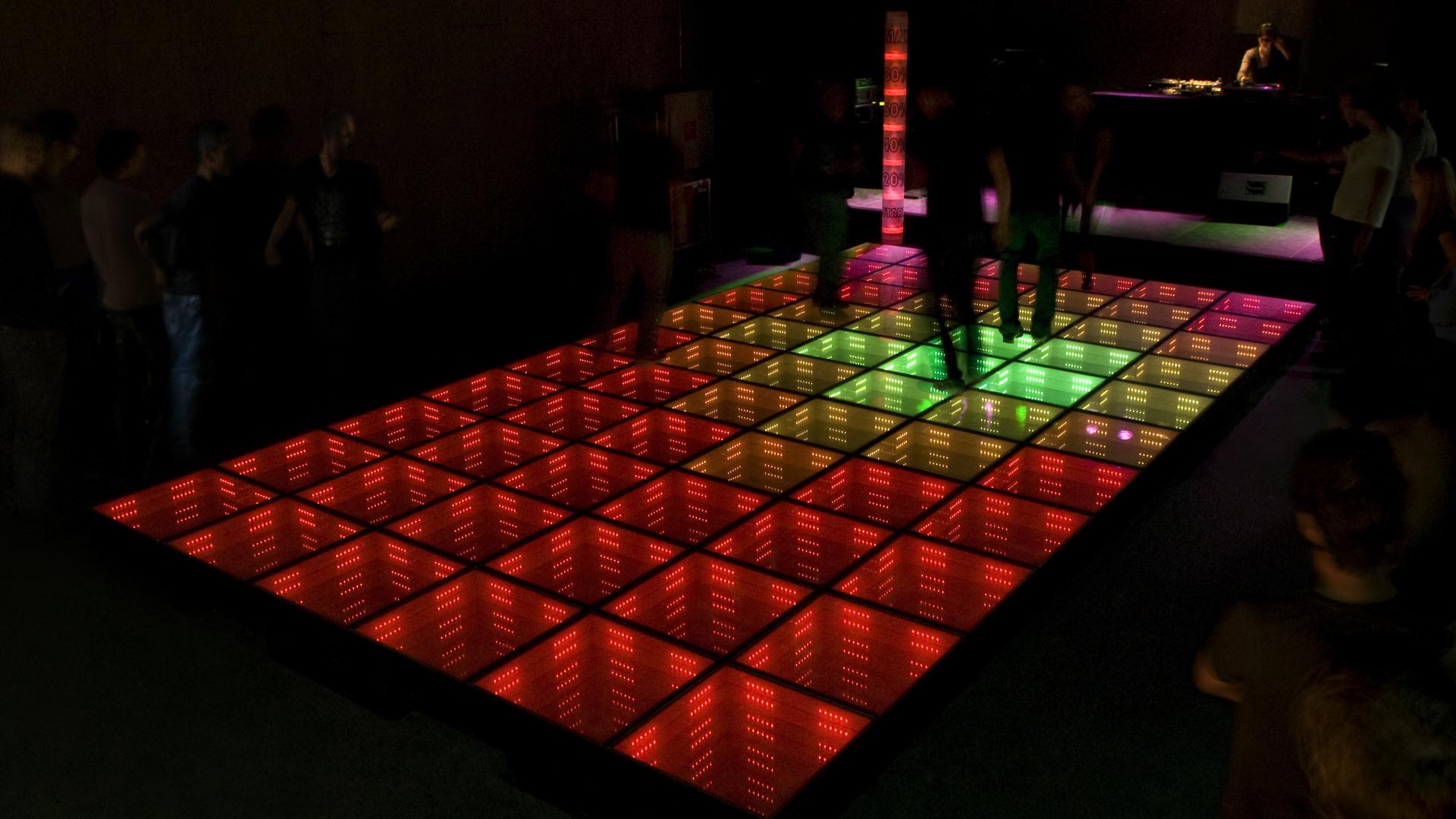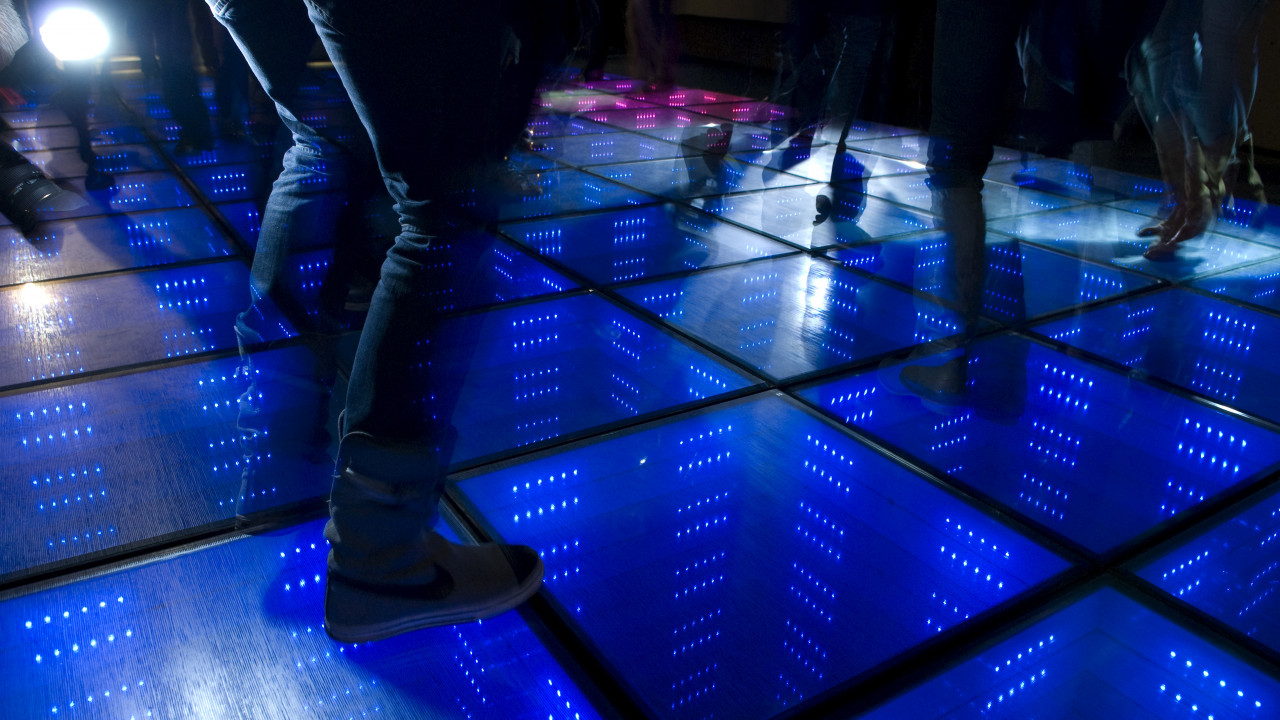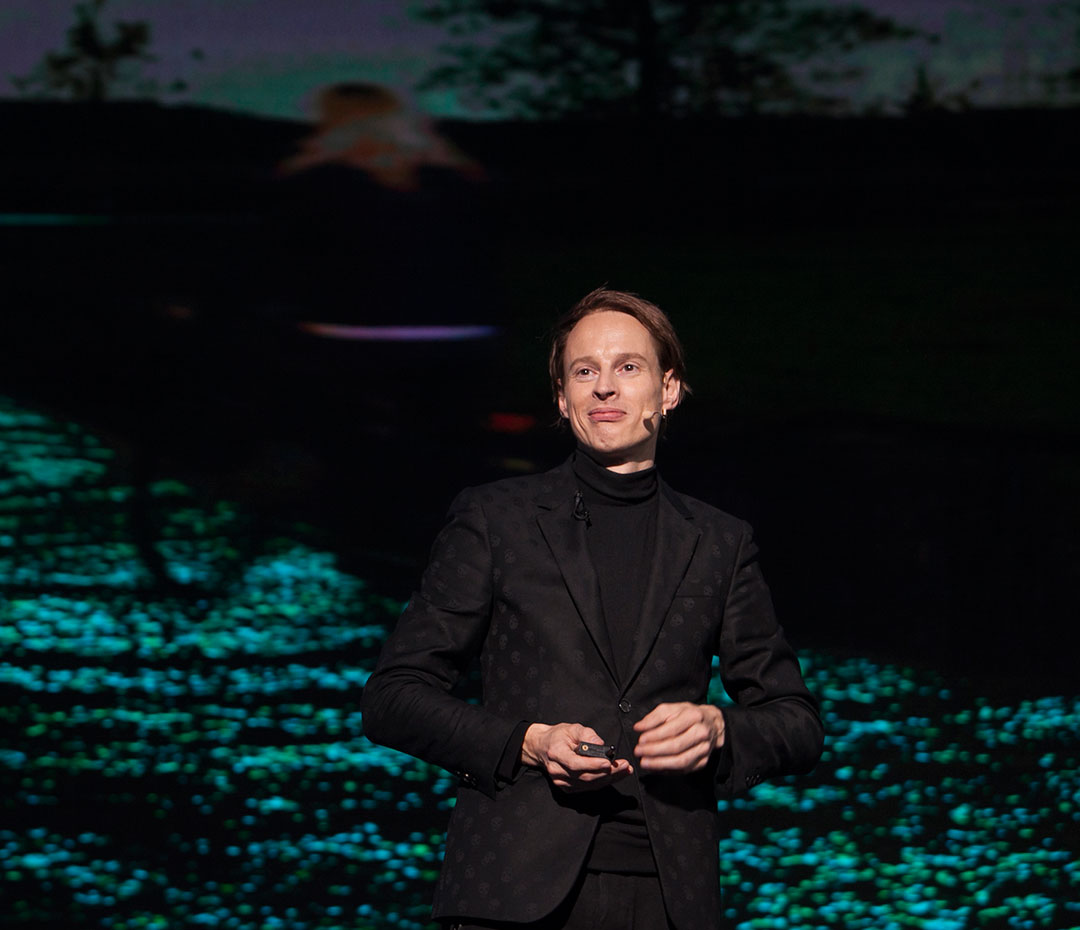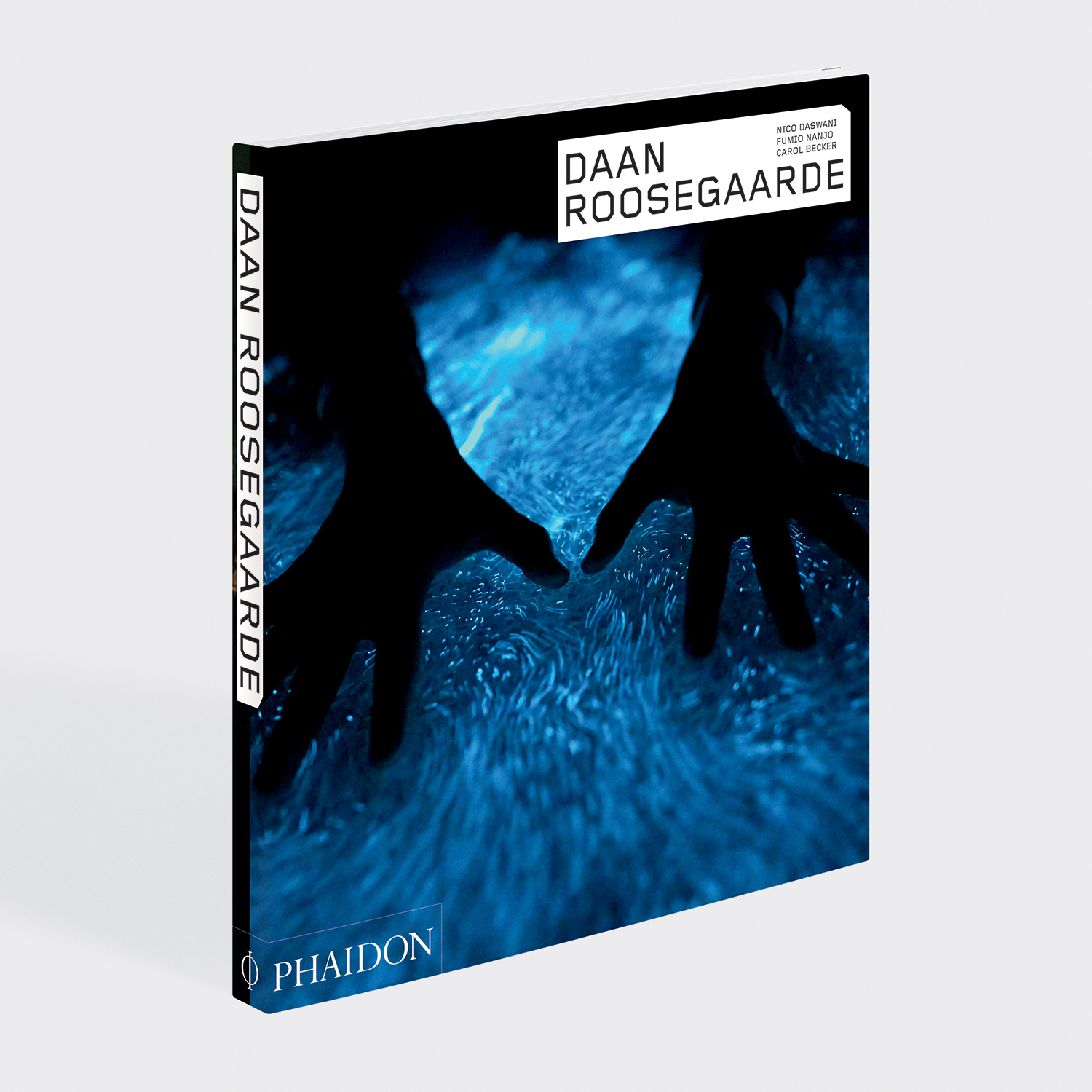
Daan Roosegaarde turned a dancefloor into a power plant...
...and the dancers made him rethink his art in the process!
Few settings conjure up ‘techno’ quite like a Dutch nightclub. And few artists use the world’s technology quite like the Dutch artist Daan Roosegaarde. In the past, he and his team of scientists and engineers have turned air pollution into jewelry; tracked space junk with lasers; and used LEDs to simulate rising water levels.
So, when, in 2008, he chose to install a new work at the WATT club in Rotterdam’s Oude Westen neighbourhood, you could be fairly certain it wouldn’t simply consist of a show of watercolour paintings.
As our new book on the artist explains, the project, Sustainable Dancefloor, was “a system installed under the dance floor, which converts the pressure exerted by the dancers’ steps into electricity used to power the club’s lighting and DJ booth. The generator consists of 65-centimetres-square modular units, each producing 25 watts of electricity."

Despite this high-tech gloss, “Roosegaarde maintains that ‘sustainability is about doing more, not less’," explains our new book, "words that manifest his proactive attitude to taking on issues, creatively solving them using technology, and leading us to a more sustainable future.”
Ironically, the Sustainable Dancefloor didn’t actually last that long; the club has since closed. However, this techy project remains an important one for Roosegaarde, as it was one of the first of his to focus on a key, social element.

“When I lecture I always show this slide about what some prominent thinkers concluded are the ten most important skills in 2020,” he tells the World Economic Forum’s Nico Daswani in our new book. “The top three spots are occupied by Complex Problem Solving, Critical Thinking and Creativity.
“Robots and computers are not particularly good at any of them. So yes, machines will take over the garbage collector, the taxi driver and the accountant, but that means that our unique human skills will become more important: the ability to learn, the desire to learn, the desire to create, the desire to share. We need to trigger the diversity within ourselves.
“If you look at my early work, it was more technology driven – LEDs, cables, wires. Only after Waterlicht or Sustainable Dance Floor, did I start to really include the social element – rising sea levels, clean air, energy. And in a weird way the projects became less technology-driven and more society-driven. In the beginning we made our own software and microchips. I’d would show them in lectures and we’d be proud of it. Now I don’t do that anymore.”

To find out about those early tech-driven projects, and those more recent socially motivated works, order a copy of our Daan Roosegaarde book here.